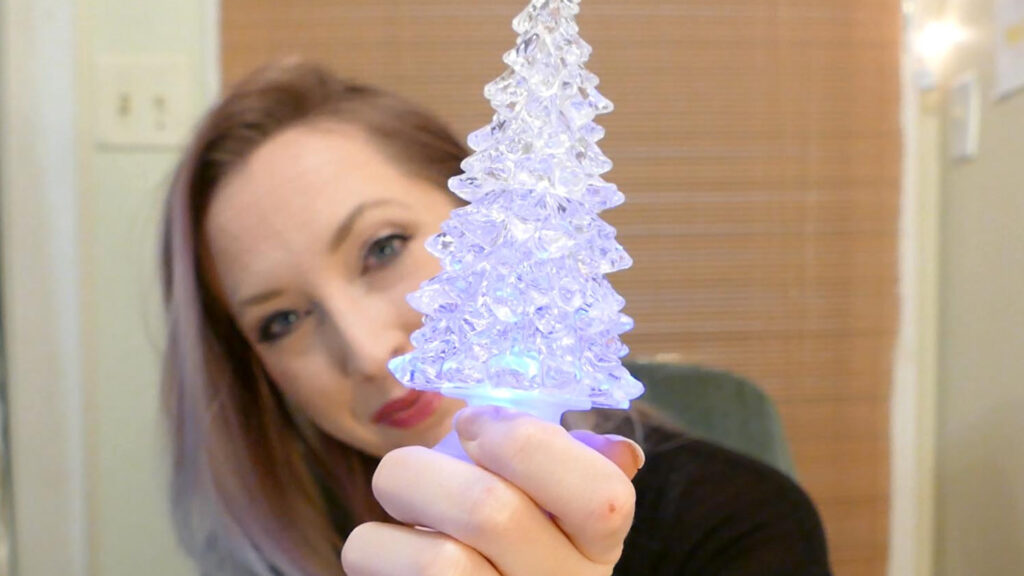There’s a whole lot more to optical simulation than simply running a ray trace if you really want to get the best idea of the lit appearance of your proposed widget, as our columnist Erin McDermott explains
I have some bad news. You may think the ray trace you did to show what your widget will look like once it’s lit up is comparable to an optical simulation.
It is not.
Some engineers I run into say they know what I do for a living, because they’ve run a ray trace, too. Then, they explain what they did. And then I try to explain how far off that is from what I do when I design illumination as an optical engineer.
There are many different versions of simulations these other pros bring up. It might be an artistic rendering program, like for a video game. Or it might be an add-on in their existing CAD programme. I’ve even had my work compared to a hand-drawn sketch of six light rays. That’s six rays total.
With these examples, it’s like comparing a napkin sketch to digitally sculpted CAD. You wouldn’t covert that napkin sketch directly into a design for mass production. And you shouldn’t be using these other approximations for your optical design, either!
The exception is if that CAD add-on or link is from a legitimate optical software provider. Examples include Synopsys LightTools or Ansys SPEOS.
These other engineers I speak with retort, “but I can spec different materials and I can trace rays.” But can you, though?
Devil in the details
I understand why it seems like that’s all there is to it! You got your CAD, you create a light source, you apply material properties, and let the sim rip. What else could there be? However, each step comes with extremely important details. The devil is in each of them.
Creating a light source, like a model of an LED, can sometimes take several hours. When it’s difficult to hunt down data from the manufacturer, it can take days. If your product is a special case where, say, colour is crucial, it can take weeks. Sometimes we need to physically send an LED to a lab.
The next step, applying material properties, could be an entire university course. There is both colour and surface texture to worry about, which for best results requires measured models. Then, if you have a translucent material, like a milky-white polycarbonate, you need to worry about telling the rays how to behave inside the part, too. With these materials, it’s not enough to select ‘translucent plastic’.
If, for example, you bumped up the opacity of a PC part by custom-mixing in white barium sulfate powder, you need many details. There’s the concentration of BaSO4:PC by weight or volume, and also the size range of the particles! A 30:70 mix will act very differently if the average particle size is twice as big in one sample versus another.
The number of rays bouncing around your simulation is also critical. When running a true, full-length optical simulation, I run not dozens, not thousands, but millions of rays. To generate one lit rendering, it can sometimes take several days.
What would an optical engineer do?
Beyond these annoyingly important factors, there’s one more secret about optical simulations: renderings of real-life performance are unreliable!
Most optical engineers rarely use them for the design work we do. Instead, we use numerical values and false colour plots more often. Photorealistic renderings are more for sanity checks and sometimes to demonstrate lit appearance to a client. However, I try to avoid using them in client communications.
A big part of why they don’t work perfectly is that it’s hard to guess what the ambient light will look like. That’s how bright the sun or your fluorescent lighting will be on the day you examine the real part.
It’s easy for a lit effect to be absolutely blinding at night – like that obnoxious LED indicator on the charger in my vehicle – and then barely visible under daylight.
Sometimes you can change ambient light levels in your simulation. However, at some point, it’s hard to tell when these changes are more like Instagram filters than a step closer to reality. By the way, it’s a good rule of thumb to never catfish your clients.
Do other ray trace add-ons have any value? Of course! They can give rough approximations of lit appearance, and they can give early warnings of problems like hot spots or dark spots in illumination.
They’re also used for client proposals, like in the automotive industry, where companies need to win a bid before designing a headlamp. That’s when an artist will create a rendering to give the client an idea of predicted appearance.
However, often upon seeing these mockups, I’d say, “Dammit, Dave, we won’t be able to make it look that good.” To which Dave would reply something like, “Well, that’s your problem. Good luck.”
So, if you run a ray trace and are disappointed in the results, don’t hate ray traces in general! Instead, when it counts, connect with an optical engineer.






